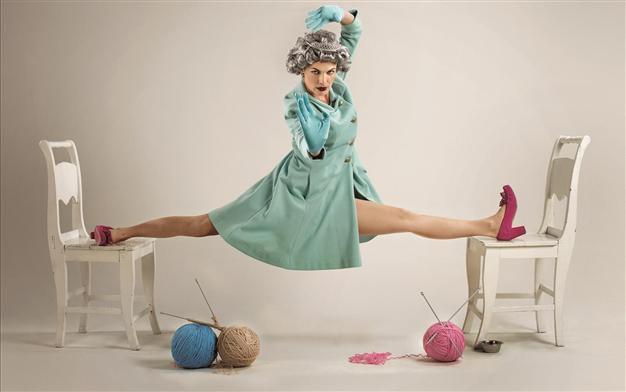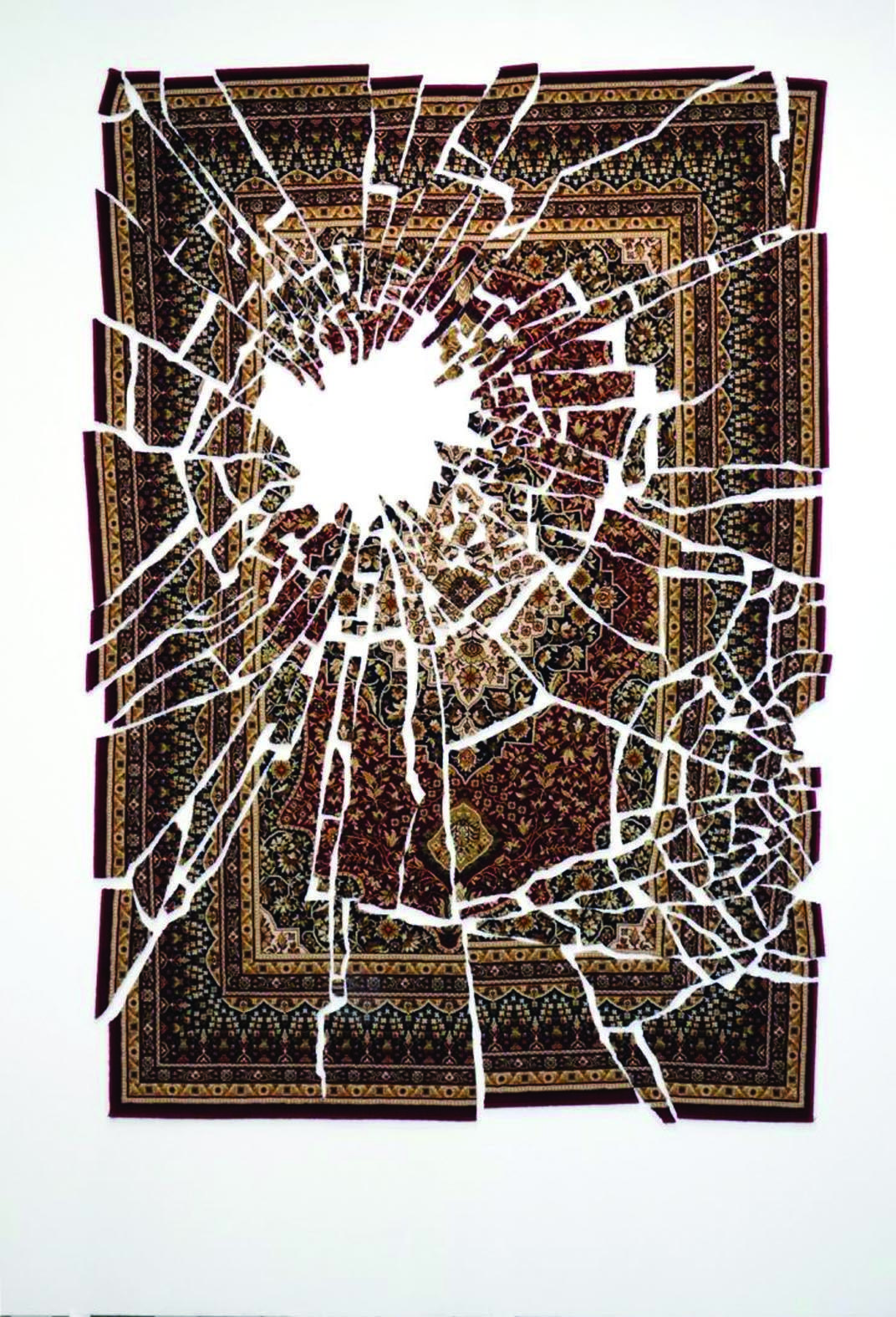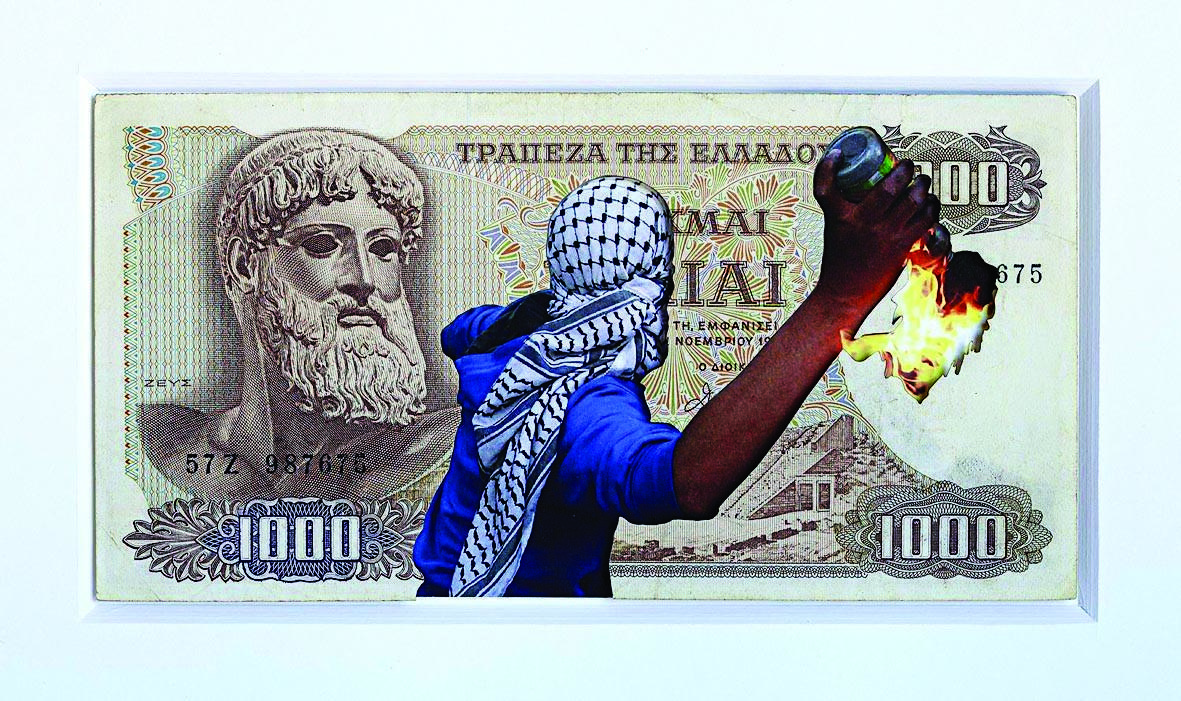Art International to open with a diverse program
Hatice Utkan

Art International Fair opens today and will continue until Sept 28, hosting 78 galleries and 24 different countries.
 The second edition of Art International kicks off today, bringing together 78 international and local galleries. Speaking about the fair’s artistic framework, the art director of the fair Stephane Ackerman said the founders of the fair, Sandy Angus, Yeşim and Hüseyin Avunduk supported him in presenting art projects with important aesthetic and social value, in collaboration with renowned art professionals.
The second edition of Art International kicks off today, bringing together 78 international and local galleries. Speaking about the fair’s artistic framework, the art director of the fair Stephane Ackerman said the founders of the fair, Sandy Angus, Yeşim and Hüseyin Avunduk supported him in presenting art projects with important aesthetic and social value, in collaboration with renowned art professionals. Even though Ackerman agrees that an art fair is definitely a commercial platform he said, at the very same time, it should give room for more independent artistic creation, such as cutting edge performances, video art, poetry etc. “Moreover, as an artistic director of Art International, I am pleased that we can host for the second consecutive year a section dedicated to nonprofit spaces, art collectives and initiatives,” said Ackerman.
The fair this year offers access to exciting new art from Turkey, Europe, the U.S., the Middle East and beyond. When it comes to choosing the galleries and balancing the local and international galleries, the fair director Dyala Nusseibeh said: “Our selection committee meets throughout the year to review applications in great detail, taking on board the history of the gallery, applying the quality of the presentation being proposed and how relevant the works are for the audience and collectors at our fair.”
Nusseibeh added that the committee is also thinking about the fair as a whole. “So, if they think we should be encouraging more gallerists from certain countries, they help us reach out to them.”
According to Nusseibeh, this year the fair has ended up with a great balance, with galleries coming from 24 different countries. Several North American and East Asian galleries are participating, and there are European galleries coming from diverse places, like Helsinki and Plovdiv as well as the major art centers, like Paris, Berlin and London.
 The fair’s nonprofit areas
The fair’s nonprofit areasThis year, the fair is giving extra importance to the nonprofit areas. “I believe the fair has a very considered approach to the nonprofits, since we are talking about a large and diverse range of entities, Art International prefers to collaborate with curators and artists, so there is more independence in the selection and curatorial processes,” Ackerman said.
For this year’s “Alternatives” section, Ackerman worked in collaboration with curator Özge Ersoy and artist Merve Ünsal. They have invited 49A, 5533, Bağımsız Sanat Derneği, Bandrolsüz, collectorspace, PASAJ, Protocinema, Reccollective, Sütüdyo, SPOT and Torun to accomplish specific projects. While 49A interprets the social and commercial space of the art fair by having artists take photographs on the fairgrounds, Bandrolsüz, which is an art collective that focuses on artist books, will have some of their own work on display. A photocopy machine will be available to make copies of the books.
On the other hand, SPOT is displaying and selling stationary objects designed by the artists and other cultural producers who have participated in their production fund. Sütüdyo has designed a questionnaire that plays with notions of what people are drawn to in art. Protocinema’s booth will be a continuation of their exhibition that is taking place simultaneously at a grocery store, Özge Bakkaliye, in Galatasaray. Atalay Yavuz’s artistic interventions, sculptures, and installations in the store will be extended into the space of the fair, employing the same display mechanisms and visual tropes.
The fair will also host performances. Among them, Erdem Taşdelen’s investigation into left-handedness as a socio-historical phenomenon, results as a performance. The performance consists of Taşdelen giving a lecture that is roughly 45-minutes-long in Turkish. Taşdelen is the sole performer and in it he will be talking about some of the things he has found in his research, scientific theories about left-handedness, where the discrimination against it comes from and how it took shape and how discrimination is built into the very languages we communicate with.
Taşdelen is not left-handed himself. ”But I could say that I’ve been doing this work in solidarity with left-handers. I became interested in this topic because of my father, who was born left-handed, but was forced by his family to learn to write with his right hand. I didn’t know much about this when I was a child, so I decided to ask my father questions about the phenomenon.”
















